#boats
Explore tagged Tumblr posts
Text
Finally a thing I'm weirdly uniquely qualified to talk about, even if I'm not an expert.
These ships are called tall ships.

I work at a museum that has a running replica tall ship. Apparently not many replica tall ships are real tall ships, as they don't actually fully run on sails, but have a motor in the bottom that does most of the actual driving. Ours has a small motor only for docking (coast guard regulations), but once on the water, we use the sails to move around.
On many of the motorized replica tall ships, their ropes don't actually do much as they're for display. On ours, each line (ropes with jobs are called lines) does something and the ship has SO FUCKING MANY.
You really wouldn't think you'd need that many lines, surely some of these are just decoration--but don't say that too loud, the captain will hear you and she'll quiz you on each line's name. Yes, every single fucking one of these have names and you need to memorize them to work on the ship.

We do weeks long training sessions in the spring and fall. It's a lot. And the final exams are BRUTAL. Or so I've heard.
I have not completed the ship training, to be clear. I don't work on the ship.
I work at the museum, NEXT to the ship, and this is all random nonsense I've picked up from that. If anything is wrong, blame me, not the amazing ship crew and wonderful captains.
And yes, as I said earlier, this tall ship is a REPLICA, and therefore is not hundreds of years old, nor has the replica done anything bad. It just serves to teach students and the general public about history and be a working resource for historians.
Anyway, it sounds like some of the previous folks need to take a field trip to my museum and relearn 4th grade level history.
Tall ships are indeed sexy, and not at fault for the actions of some of the shitty people who sailed them.
We need to go back to using sailing ships full time like immediately. Yes it would take longer to get places but the Aesthetic is unmatched
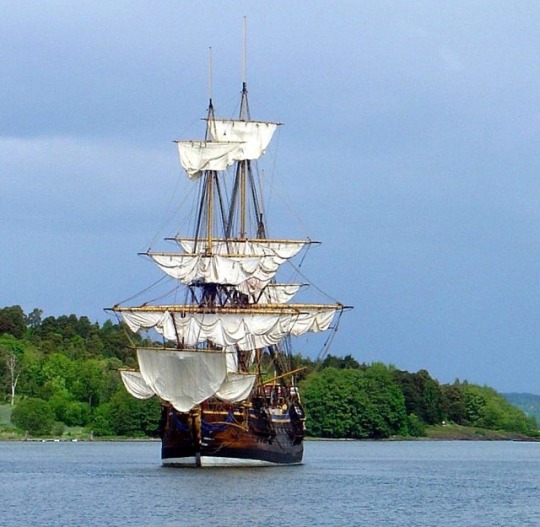
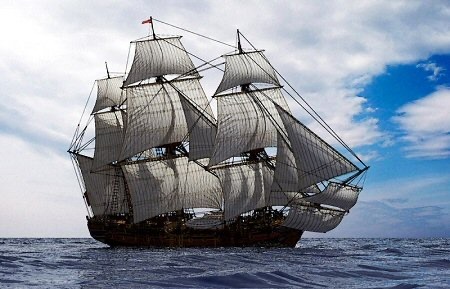
Like there is nothing sexier hthan this
293K notes
·
View notes
Photo

~ Featuring Greens ~
#landscape photography#boats#peaceful#still water#quiet waters#reflections#rivers#mountains#rocks#geology#green
60 notes
·
View notes
Text
#good news#environmentalism#forestry#timber industry#zero emission#shipping#boats#zero carbon emissions#climate change#climate crisis#ocean shipping
24 notes
·
View notes
Text

tenants harbor, maine
#original photography on tumblr#photographers on tumblr#photography#original photography#maine#nature#landscape#ocean#seascape#sea#beach#moss#rocks#fog#boats#coastal#nautical#mist#foggy#naturecore#oceancore#seacore#darkcore#liminalcore#liminal#moody#beachcore#new england#water#1998cedar.photo
21 notes
·
View notes
Text
Suddenly struck with a need to explain to you how boat pronouns work (I work in the marine industry).
When you're talking about the design of the boat, you say "it".
When the boat is still being built, your say "it".
When the boat is nearing completion, you can say "it" or "she".
When the boat is floating in the water you probably say "she", unless there is still a lot of work to be done (e.g. no engine yet) then you say "it".
When the boat is officially launched and operating, you say "she". If you continue to say "it" at this point you are not incorrect but suspiciously untraditional. You are not playing the game.
If you are referring to a boat you don't really know anything about you may say "it" ("there's a big boat, it's coming this way"). But if you know its name, it's probably "she" ("there's the Waverley, she's on her way to Greenock").
If you are talking about boats in general, you say "it" ("when a boat is hit by a wave it heels over")
If you speak about a boat in complimentary terms, it's "she" ("she's a grand boat"). If you are being disparaging it may be it, but not necessarily ("it's as ugly as sin", "she's a grotty old tub").
If she has a boy's name, she's still she. "Boy James", "King Edward", "Sir David Attenborough"? The pronoun is she.
If it's a dumb barge (no engine), you say it. But if it's a rowing boat (no engine), you say she.
I hope this has cleared things up so that you may not be in danger of misgendering floating objects.
97K notes
·
View notes
Text
23K notes
·
View notes
Text

cliffs
#based on cliffs at pourville by monet#made for it began in a garden zine#good omens#aziraphale#crowley#aziracrow#ineffable husbands#gomens#illustration#art#digital art#boats#landscape#monet#my art
2K notes
·
View notes
Photo
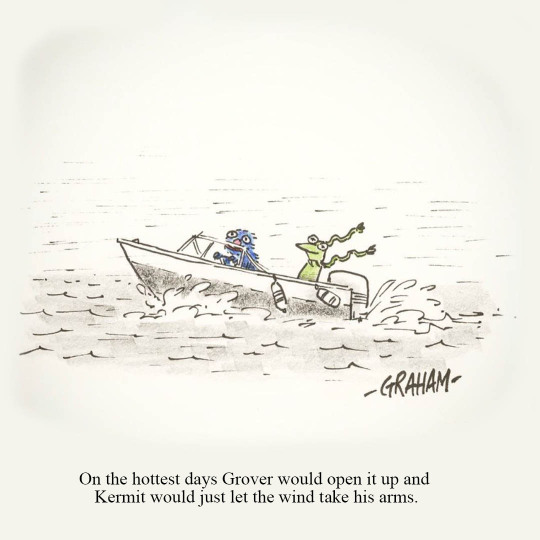
Summer fun.
10K notes
·
View notes
Text
Happy Ever Given anniversary!
I made a garlic bread boat complete with shipping containers and tug boats

14K notes
·
View notes
Text
📍Portofino, Italy 🇮🇹
#video#paradise#view#nature#paraiso#natureza#explore#travel#trip#vacation#adventure#city#italy#italia#portofino#architecture#river#rio#birds#trees#woods#forest#boats#peace
2K notes
·
View notes
Photo

~ Reflected ~
1K notes
·
View notes
Text
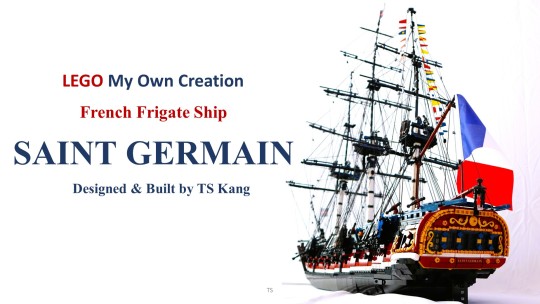


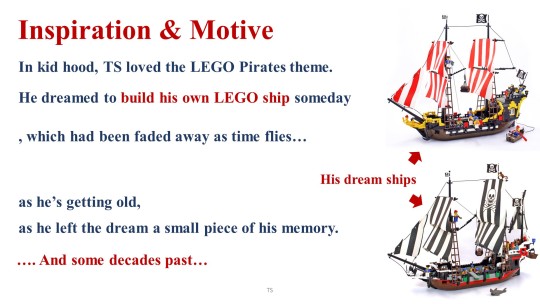
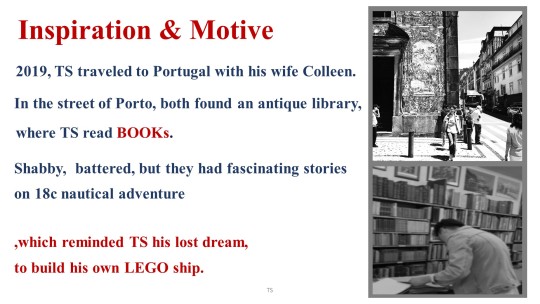
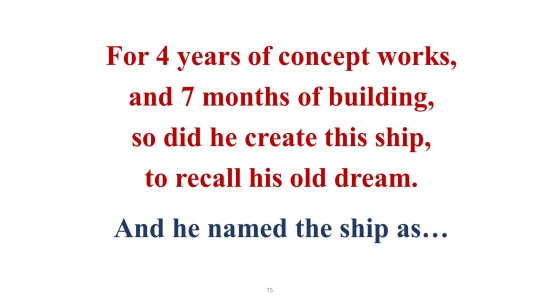
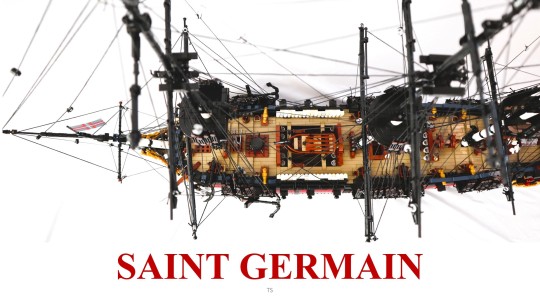
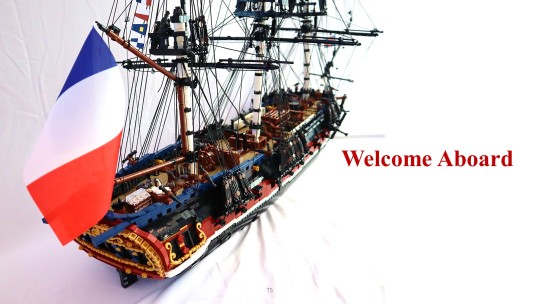


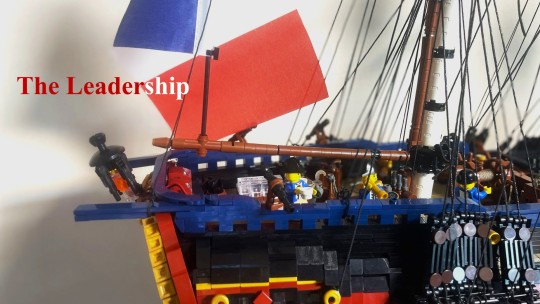
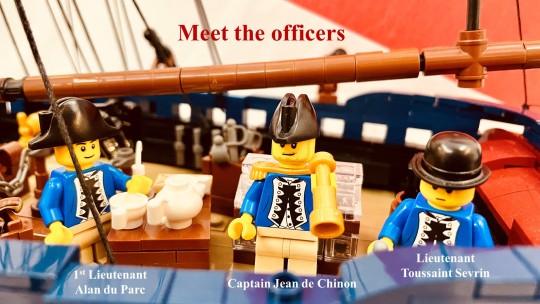
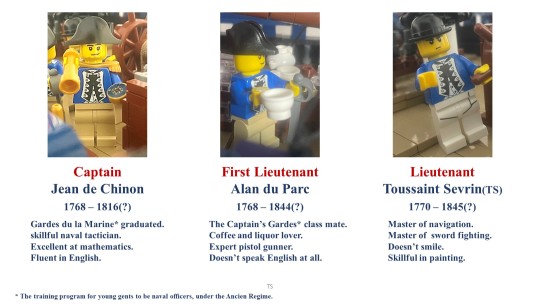
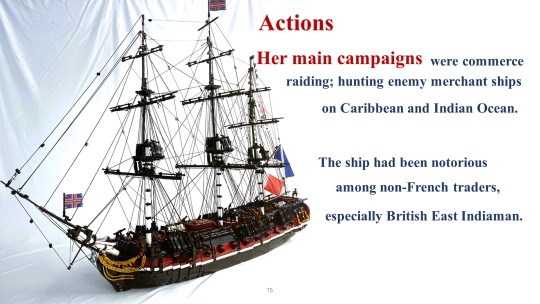


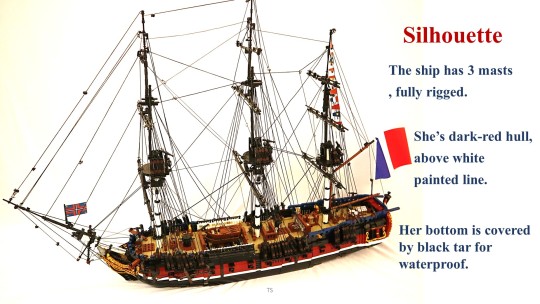


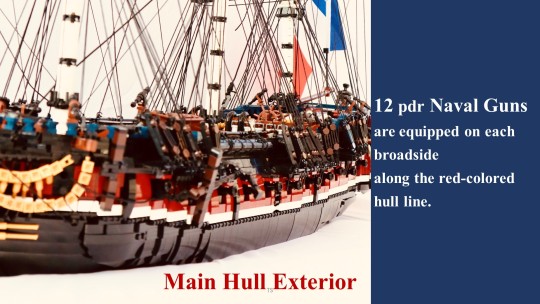




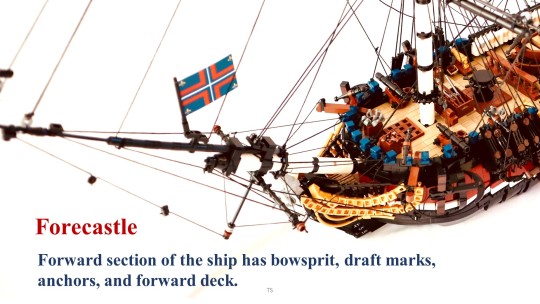

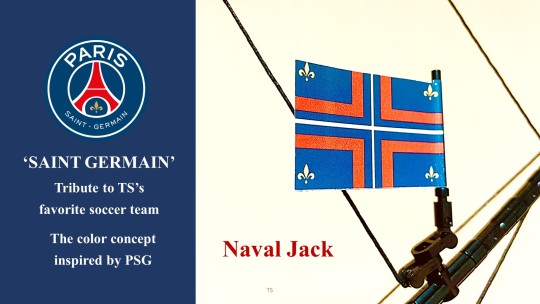

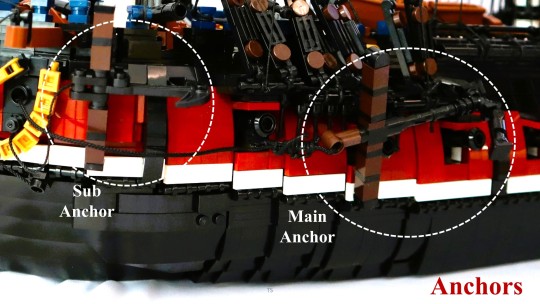
Lego MOC ship
French Frigate "Saint Germain" - PART 1
designed by TS Kang
Instagram - @art_house_colts
You may enjoy the ship’s short video on my YouTube with a beautiful music of ‘violin concerto’ by Jean Marie Leclair.
youtube
#navy#aubrey maturin#sailing ship#tall ship#jack aubrey#pirate ship#lego moc#lego builds#lego art#lego photography#saint germain#psg#minifigures#lego ship#legoship#frigate#age of sail replica#mid 19th century#naval art#age of sail#maritime#the sea#sailing frigate#sailing#boats#sailboat#sea#corvette#master and commander#lego
2K notes
·
View notes
Text

Pretty in pink!
@nautilittlebee 🐝 for more 📸 of me!
445 notes
·
View notes
Text






















Фермеры собирают кувшинки в болотистой местности Шапла, недалеко от Барисала, Бангладеш.
Кувшинка -национальный цветок Бангладеша. Они цветут только с августа по ноябрь. Розовые кувшинки покрывают канал и водно-болотные угодья площадью 10 000 акров в деревне, которая расположена в 40 милях от города Барисал. Это место в народе называют Шапларбил (канал кувшинок). Вся деревня занимается выращиванием цветка. Рабочие начинают очень рано утром в 6 утра и работают весь день. Каждый цветок тщательно собирается вручную и перевозится в маленькой деревянной лодке фермеров. Выращивание и сбор кувшинок— это общее дело, и фермеры продают цветы на местных рынках. Их покупают не только за их внешний вид, они также ценятся в традиционной аюрведической терапии за их лечебные свойства.
Farmers pick water lilies in the Shapla wetlands near Barisal, Bangladesh.
The water lily is the national flower of Bangladesh. They bloom only from August to November. Pink water lilies cover a canal and a 10,000-acre wetland in a village located 40 miles from the city of Barisal. The place is popularly called Shaplarbil (water lily canal). The entire village is involved in cultivating the flower. Workers start very early in the morning at 6am and work all day. Each flower is carefully picked by hand and transported in the farmers' small wooden boat. Growing and harvesting the water lilies is a communal endeavor, and the farmers sell the flowers in local markets. They are not only bought for their appearance, they are also prized in traditional Ayurvedic therapy for their medicinal properties.
Источник://news.cgtn.com/news/3d3d514e796b544d33457a6333566d54/share_p.html, ://photocontest.smithsonianmag.com / photocontest/detail/farmers-collecting-the-water-lilies/, //www. ecns.cn/hd/2021-08-18/detail-ihaqcyws4450209.shtml#, /balthazar.club/o/22304-priroda-bangladesha.html.
#Bangladesh#Shaplarbil#nature#flora#flowers photography#flowers#Water lily#flower aesthetics#bloomcore#channel#boats#farmers#nature aesthetic#nature video#landscape photography#Бангладеш#Шапларбил#природа#пейзаж#флора#цветы#Кувшинка#канал#лодки#фермеры#природнаякрасота
484 notes
·
View notes
